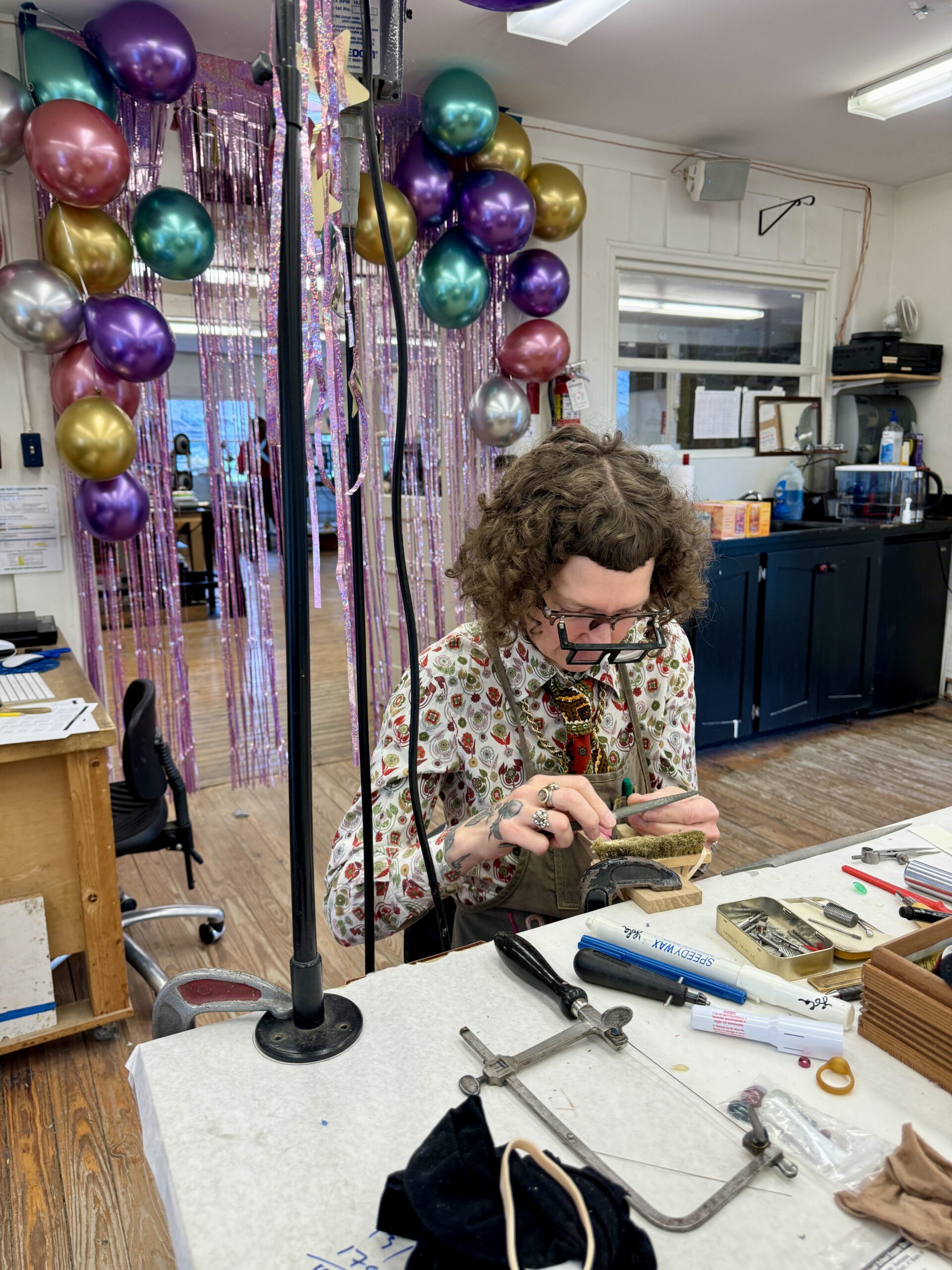



 Carved woodblock used to create the print
Carved woodblock used to create the print




 Carved woodblock used to create the print
Carved woodblock used to create the print
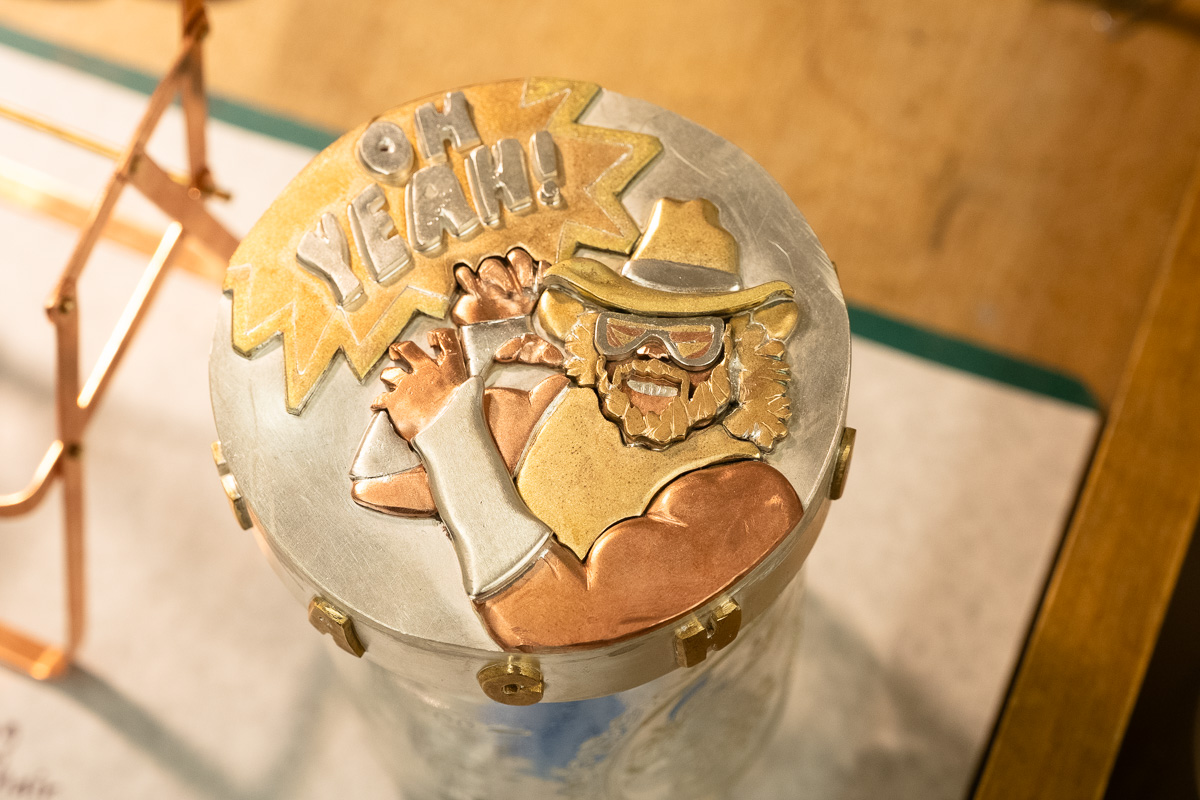 Macho Man Randy Savage Ball jar lid by Laura Fortune
Macho Man Randy Savage Ball jar lid by Laura Fortune
Lola Brooks is teaching an 8-week concentration in the Penland metals studio. An ambitious first project saw students create unique silver lids for ball jars. We checked in with Lola to ask her why she chose this project and how it turned out…
Why was this the perfect project to begin your workshop “All You Can Eat: The Blue Plate Special?”
I’ve always been fascinated by the mechanism of a handmade screw and I’ve done it on a much smaller scale. Then a friend of mine on instagram (Judy Geib) did a really fabulous one that was actually diamond encrusted.
I always like to have a big first project that the whole class works on, we had a lot of returning students (7 out of 12), and I thought that this would be the perfect first challenge. It’s big so you’re really learning how to handle the heat and then there’s a lot of opportunity for individual expression because it’s basically a blank canvas once you’ve built this kind of impossible mechanism..
I’m kind of obsessed with ball jars because they are so infinitely useful and reusable.You can use them in your everyday life. You can make your lunch a little more fabulous or your cup of tea. And I wanted to do them in silver because silver is absolutely fancy. I checked with everyone ahead of time because it was going to be a bit of a financial commitment.
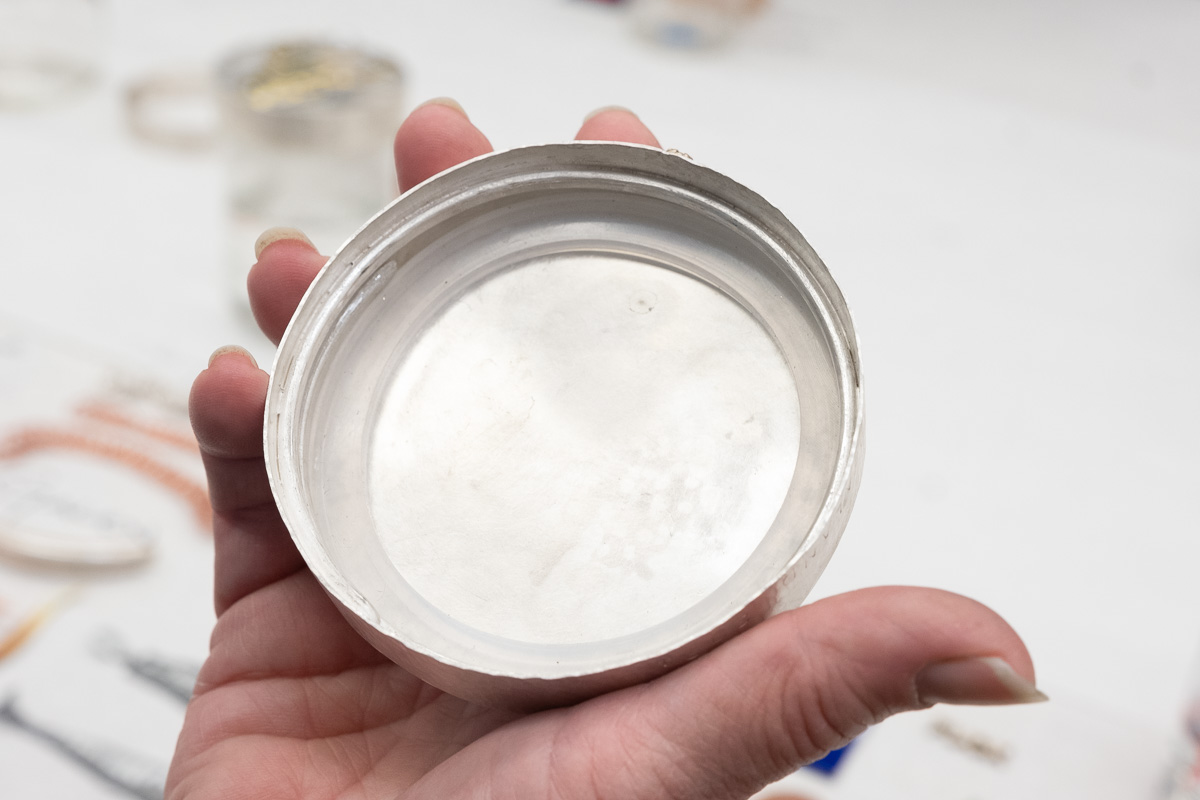 The handmade screw mechanism of the jar is a challenge to create
The handmade screw mechanism of the jar is a challenge to create
What are some of the techniques employed?
Definitely a lot of fabrication. We’ve got sweat soldering and stone setting. A lot of carving. I’m really interested in transforming a piece of sheet metal into something that has the illusion of depth and dimension, so there is a lot of that. Enameling. And then the fitting of the mechanism required a certain amount of commitment and patience. We all like to get things done quickly but I think having to spend this sustained focused amount of attention on going back and forth getting it to fit correct, having to remove metal in some areas and just kind of the nuance of how a mechanism comes together is a great starting point.
Did the length of the class play a part in the project?
Oh, definitely. The first week we spent just building the mechanism. The second week was spent working on the lids. The first half of the third week was a really intense three days of attaching the top of the lid to the mechanism. A good two-and-a-half-plus weeks. I couldn’t have done this in a twelve-day workshop, no way.
How did it go?
I was a little nervous about it because we have some people in the class who don’t have a ton of experience, but everyone really rose to the challenge. They blew me away. I had no idea it was going to go like this. It’s incredibly satisfying and I’m so proud of all of them. And it’s such an incredible group of students. They all have my heart. It’s really amazing
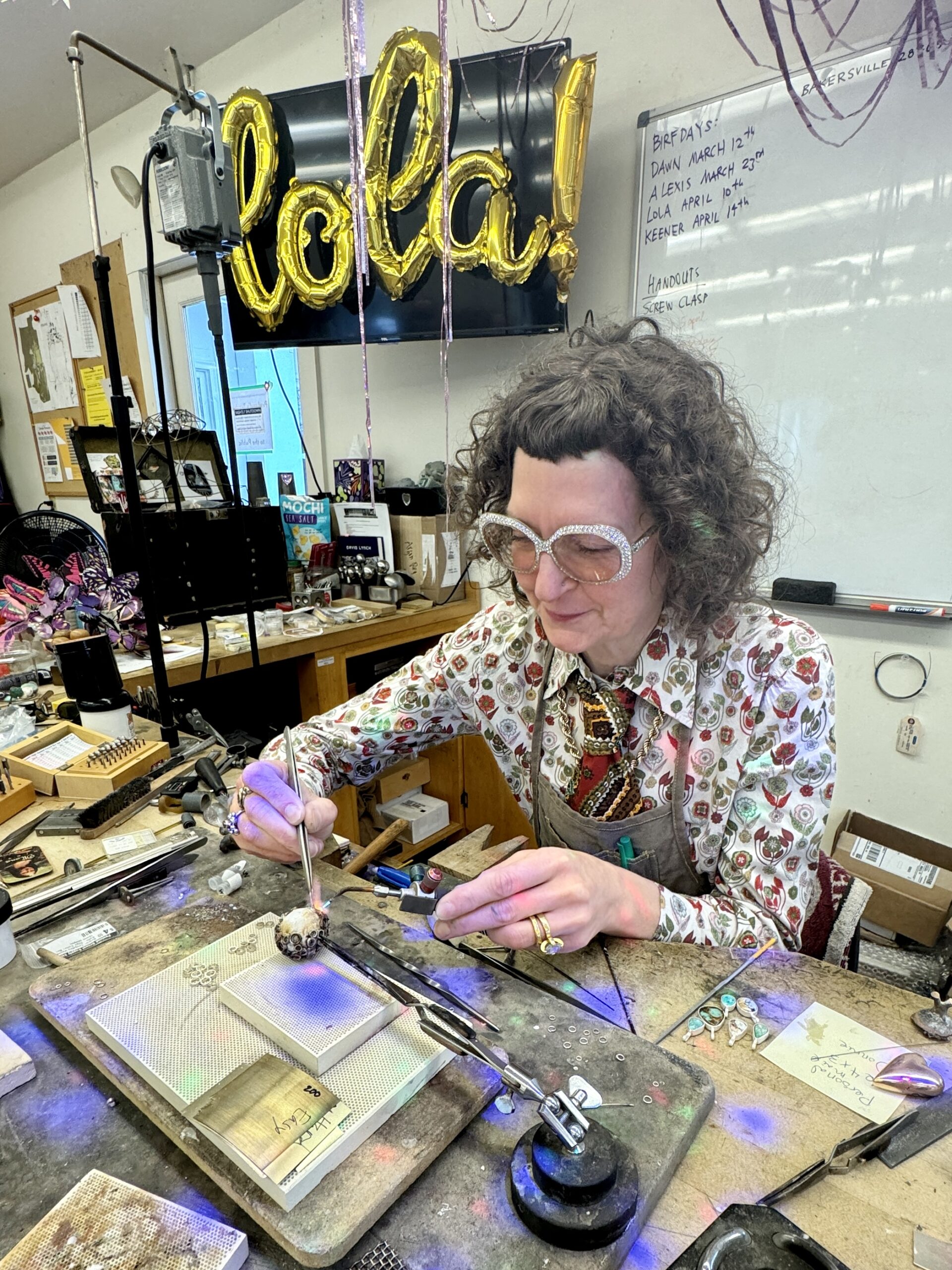
Today is Lola Brooks‘s birthday! An artist metalsmith, a darling of collectors, a clotheshorse, and a stellar educator, Lola is currently sharing her vast knowledge with twelve lucky students for 8 weeks during this year’s spring metals concentration. Her workshop is entitled “All You Can Eat: The Blue Plate Special.”
On her birthday, we want to say some nice things about our friend and 5-time Penland instructor Lola Brooks!
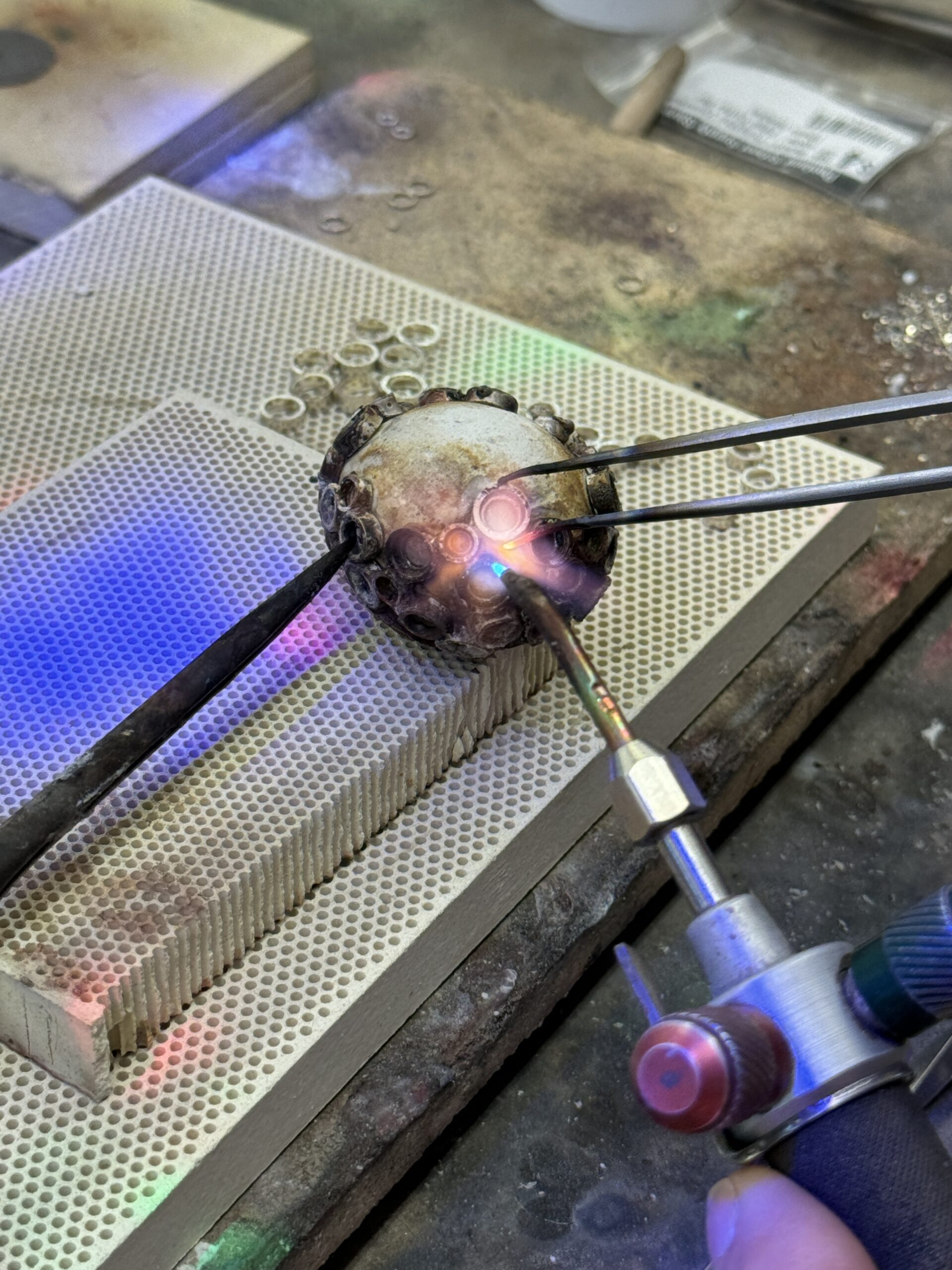
So here are some quotes from friends new and old:
—-
“Lola is the best mentor there is. Period.”
-Sofie Albertsen, current student
—-
“Many who are awed by Lola’s incredible work don’t know what a wonderful and devoted teacher she is. I admire her honesty, her passion, and her talent. She brings so much to the field of jewelry and to Penland and we are always so lucky to have her!”
-Leslie Noell, Penland Creative Director
—-
“Lola is my new style icon.”
-Kimberly Jo, Penland Core Fellow and current student
—-
“Lola is the greatest because she helps people get to where they don’t even know they are going yet. She can see where a particular person’s creative ideas are and where they might want to go and she pushes them to get there even when they can’t quite see where they are headed yet.”
-Mary Lucking, current student
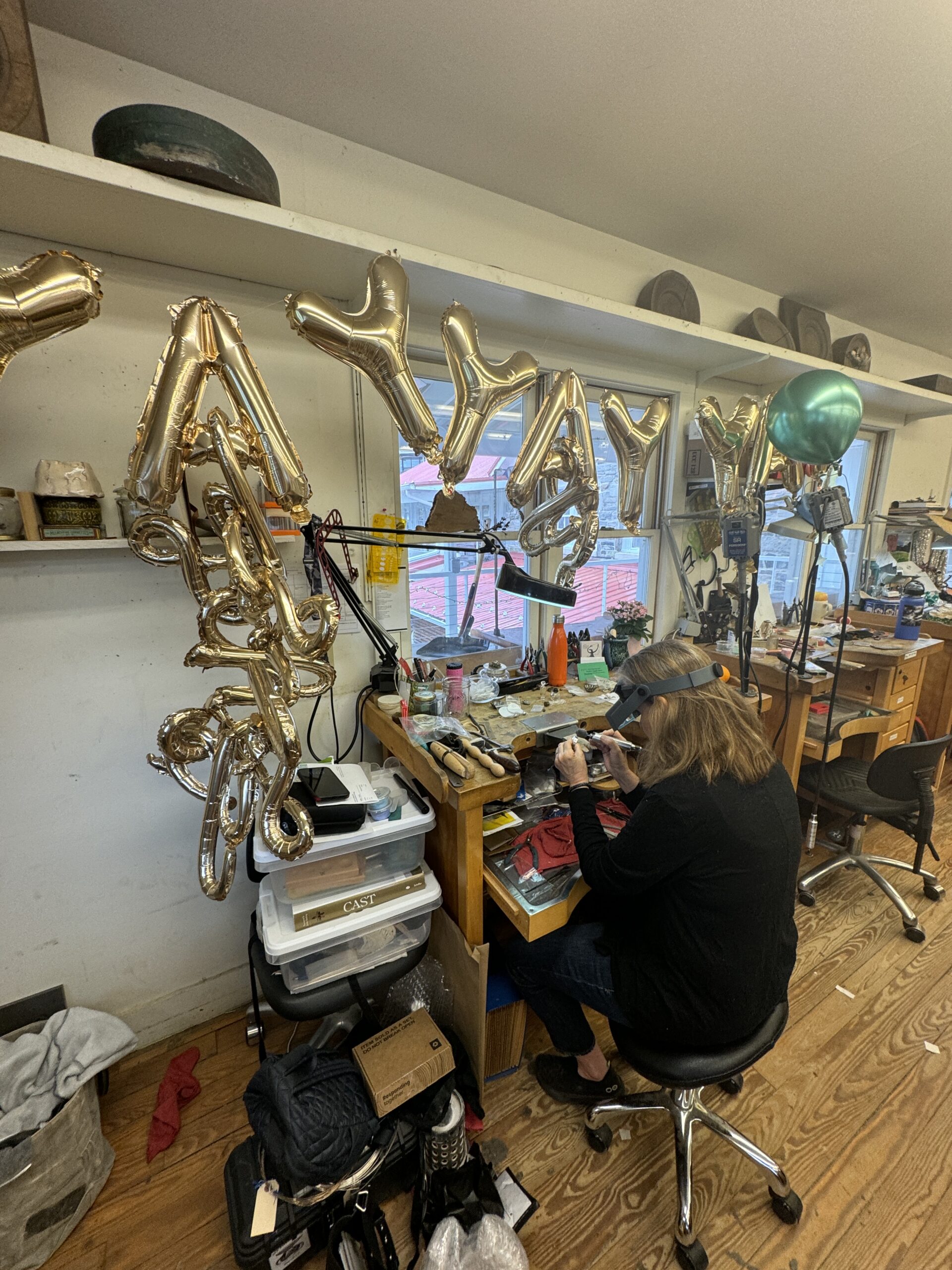
It is a testament to Lola’s skill as an educator that 7 of the twelve students in this spring’s class have studied with her before. We’ll be sharing more about this wonderful workshop so stay tuned!
